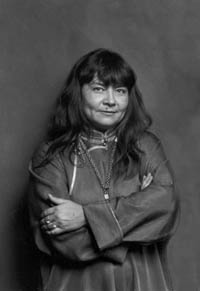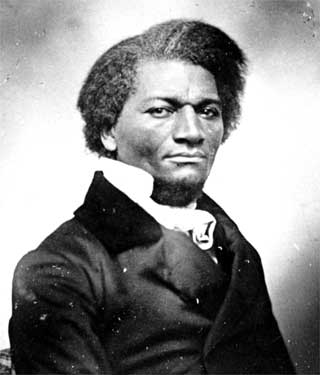Fall 2010 English 343


American Literature Survey
oral beginnings
to 1865
T/Th 12:30 - 1:45 Niccol 006
|
Fall 2010 English 343
American Literature Survey T/Th 12:30 - 1:45 Niccol 006 |
|
Chicano/a: Men and women of Mexican American descent living the United Stages. After the United States took possession of California, Texas, and other portions of the Southwest through the Treaty of Guadalupe-Hidalgo in 1848, Mexicans living in the region were deprived of their property and civil rights. In the late twentieth century, activists in the Chicano movement began to fight against this kind of discrimination. Part of their protest involved reclaiming and celebrating their unique history, language, and mixed Mexican and American heritage. codex, codices: Historical records preserved by the Meso-American Axtec (or Nahua) peoples in accordion-style books fashioned from animal skins or fig bark and kept in vast libraries. . . When the Spaniards entered the Axtec city of Tencohtilan in 1519, they systematically burned the libraries and destroyed the codices, at least in part out of fear of what they contained. The few surviving pre-Conquest records continue to stun readers with their visual and verbal beauty and to provide an important counter-narrative to the stories told by the Spanish conquistadors. contact zone: Term coined by scholar Mary Louise Pratt to describe the space of meeting between two cultures that had previously been separated geographically and historically. As Pratt puts it, a contact zone is an area in which previously separated peoples "come into contact with each other and establish ongoing relations, usually involving conditions of coercion, radical inequality, and intractable conflict." Although unequal power relations characterized contact zones in the New World, with Europeans usually asserting dominance over native peoples, contact is never a one-way phenomenon. The interactive, improvisational nature of contact necessarily creates subjects who are impacted by relations with one another within a mutually constituted experience. encomienda: The system of forced tributary labor established by the Spanish in their colonies in Mexico and South America. Conquistadors like Bernal Diaz del Castillo were issued grants which gave them control over native populations who were expected to pay them in food, resources, and labor. While the grantee was supposedly obligated to protect, educate, and respect the freedom of the Indians in his encomienda, in reality the system quickly degenerated into the equivalent of slavery. Great Chain of Being: According to a common European belief first coined by Aristotle and later adopted by Christian philosophers, the universe was structured according to immutable hierarchies. These hierarchies existed along the so-called "Great Chain of Being," spanning from the dimensions of "non-being" (rocks and minerals) and extending through plants, animals, and man all the way to God, as the representative of the highest form of "being." Within the category of "man," important hierarchies separated more primitive peoples from more "cultured" and "advanced" societies." Corporeal Man-------Man of Instinct---------Man of Feeling----------Man of Intellect European explorers and conquerors often deployed the Great Chain of Being to explain ad make sense of the New World, as well as to justify their pretensions to superiority within it. They tended to structure promotional tracts around the Great Chain of Being, emphasizing the extent to which natural resources were "naturally" at the service of superior men. They also tended to characterize America's indigenous peoples as inhabiting a lower position on the scale of "hierarchies of man" within the Great Chain of Being. historia: In Spanish, the word historia means both "history" and "story," highlighting the extent to which any so-called "objective history" is always a subjective story inflected by personal biases and agendas. mestizo/mestiza: Men and women of mixed Indian, European, and African heritage. The mestizo identity has gained prominence in the American Southwest, where mestizos have proudly reclaimed their Native American heritage and identity that often went unacknowledged in the Chicano movement. Mestizo identity is characterized by plurality and inclusiveness. promotional tract: A detailed account of the natural resources, plants, animals, and native inhabitants of a newly colonized area, intended to encourage immigration and solidify imperial claims. Such tracts were often structured by the notion of the Great Chain of Being. transculturation: A term coined by Cuban anthro-pologist Fernando Ortiz that refers to a process in which "members of subordinated or marginal groups select and invent from materials transmitted by a dominant culture." Transculturation emphasizes the agency involved in cultural change, as well as the loss that accompanies cultural acquisition. In these ways, "transculturation" differs from the older terms "assimilation" and "acculturation," which emphasize a more one-way transmission of culture from the colonizer to the colonized, from the dominant to the marginalized. For Ortiz, transculturation was a necessary concept for understanding Cuban and Spanish American culture more generally.
|